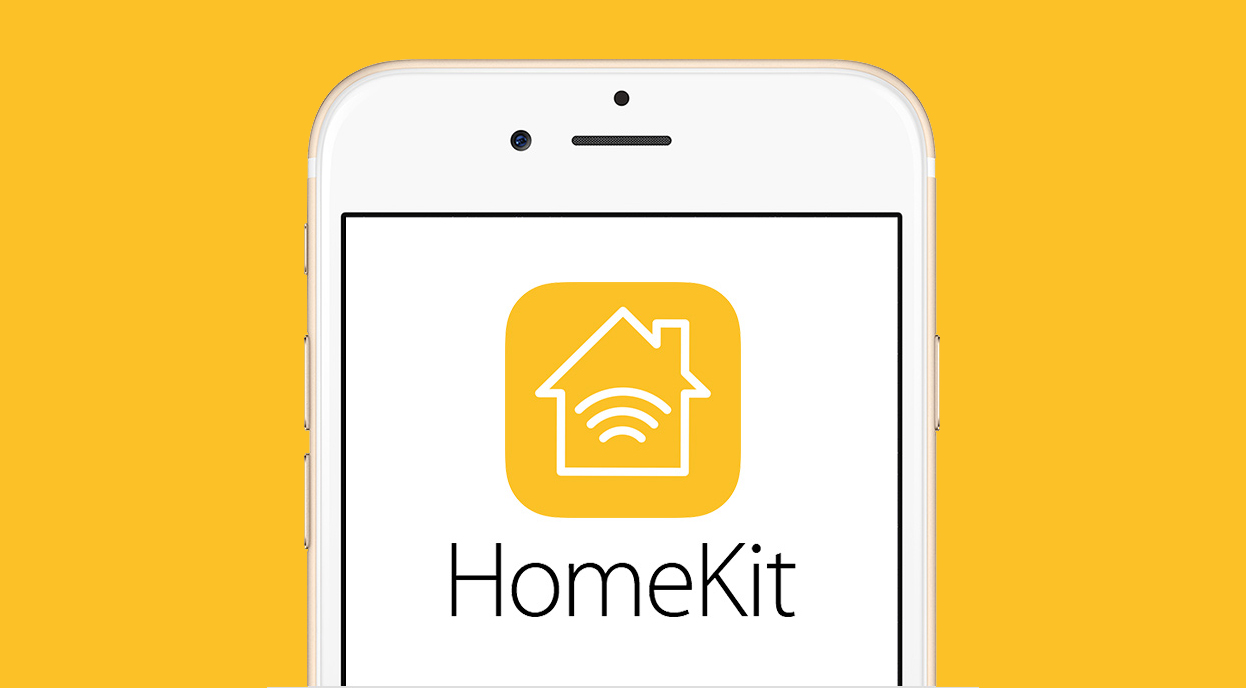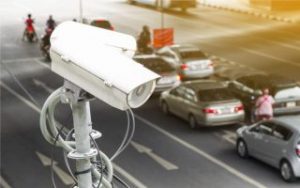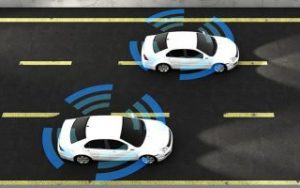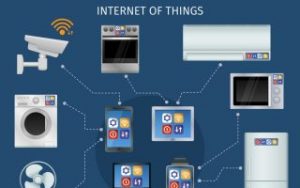What is it?
Apple HomeKit is Apple’s IoT home automation platform for controlling smart home products with iOS apps and Siri voice commands. The software framework communicates directly with connected accessories within the home, securely encrypts all data and also works remotely over iCloud via a third-generation Apple TV or later when you are away from home. HomeKit isn’t actually a physical product you can go out and buy – it’s a technology platform aimed at developers and manufacturers. In other words, you can’t buy HomeKit, but you can buy HomeKit-compatible gadgets.
Every HomeKit-enabled accessory automatically works with Siri (Apple’s Speech Interpretation and Recognition Interface) once you set it up via its HomeKit-compatible app. Siri is just the unified interface you use to issue voice commands to those smart accessories. You still need the individual apps that come with those smart accessories to gain full access to touch controls etc. There is no HomeKit app.
You can also create your own custom scenes to control your home settings. For example, you can create a scene to automatically turn on the lights, unlock your doors, and set the thermostat to the desired temperature – using a single command.
HomeKit lets your home accessories connect seamlessly to better manage your home. HomeKit delivers a common protocol, secure pairing and the ability to easily control individual or groups of devices throughout the house including integration with Siri. For example, you can tell Siri you are “going to bed” and it could dim the lights, lock your doors, close the garage door and set the thermostat. – (Apple Press Info)
Apple HomeKit Products
HomeKit was released to the world as part of iOS 8 in June 2014. There are a growing number of HomeKit products available (HomeKit-enabled accessories have an official “Works with Apple HomeKit” badge on the product packaging). The first HomeKit-enabled accessories were released in June 2015, led by Lutron, iHome, Elgato, Insteon and Ecobee. A number of accessory makers have since followed suit, including ConnectSense, First Alert, Honeywell, iDevices, Nanoleaf, Philips, Schlage and others. A list of accessories that work with Apple HomeKit can be found on the Apple website.

Once you buy a gadget with “Works with Apple HomeKit” on the packaging, you can head to the App Store to find the relevant app. Then all you need to do is run through a quick pairing process and you should be securely connected to the smart home device of your choice.
Browse the Apple HomeKit shop >
Benefits
It has the power of the Apple brand which means consumers will want it. Additionally, smaller developers, companies and hardware manufacturers look to Apple because of its stability. They know that the Apple ecosystem will still be in place for many years, so that any products they create will have a live market waiting for them.
Downsides
Apple has a rigorous certification programme (Apple allows for either Wi-Fi or Bluetooth low energy (LE)-enabled devices to get certified) which means HomeKit-enabled products are slow coming to market. Some might argue that a truly open framework along the lines of IoTivity and AllJoyn is a preferred route for the future of IoT rather than something that is owned by one specific party.
What you need: iPhone, iPad, or iPod touch with iOS 8.1 or later – products with the product badge confirming HomeKit compatibility.





